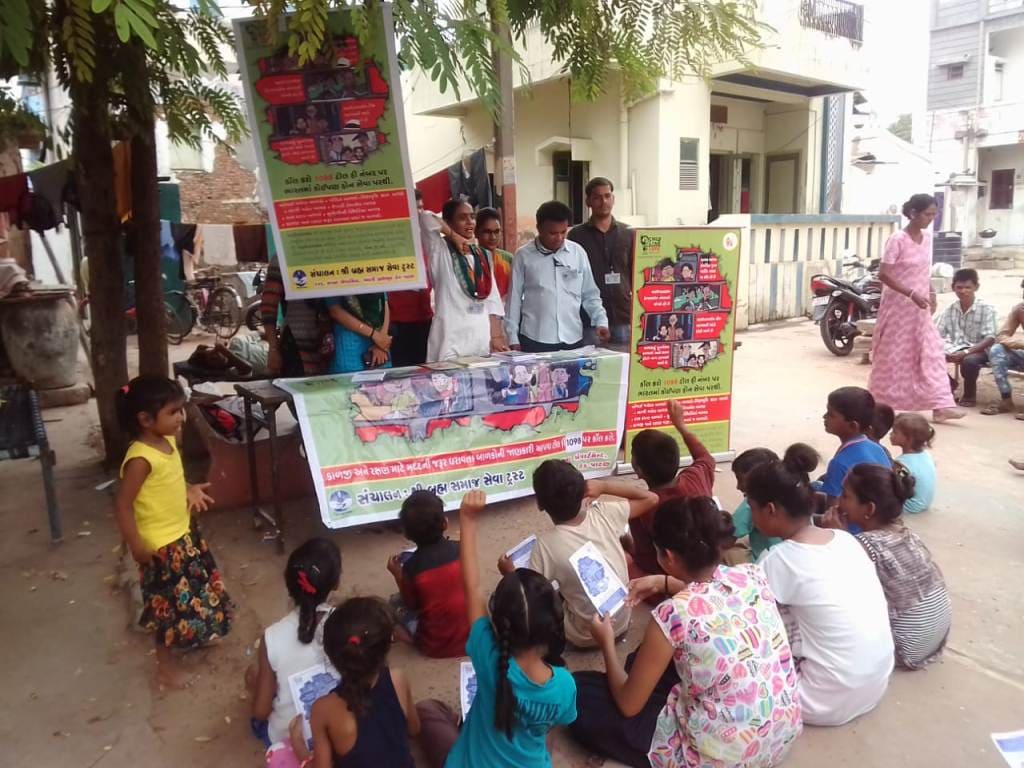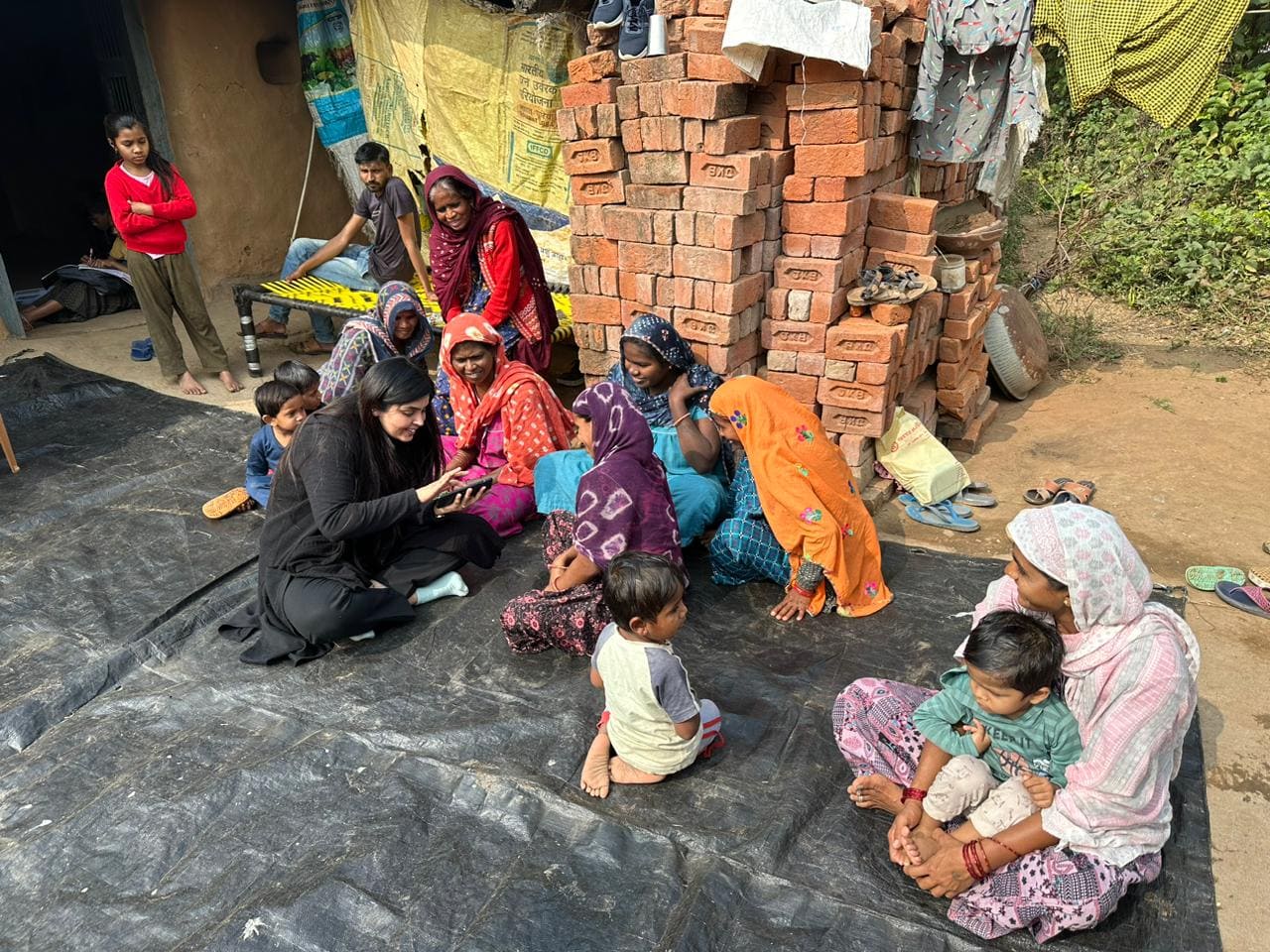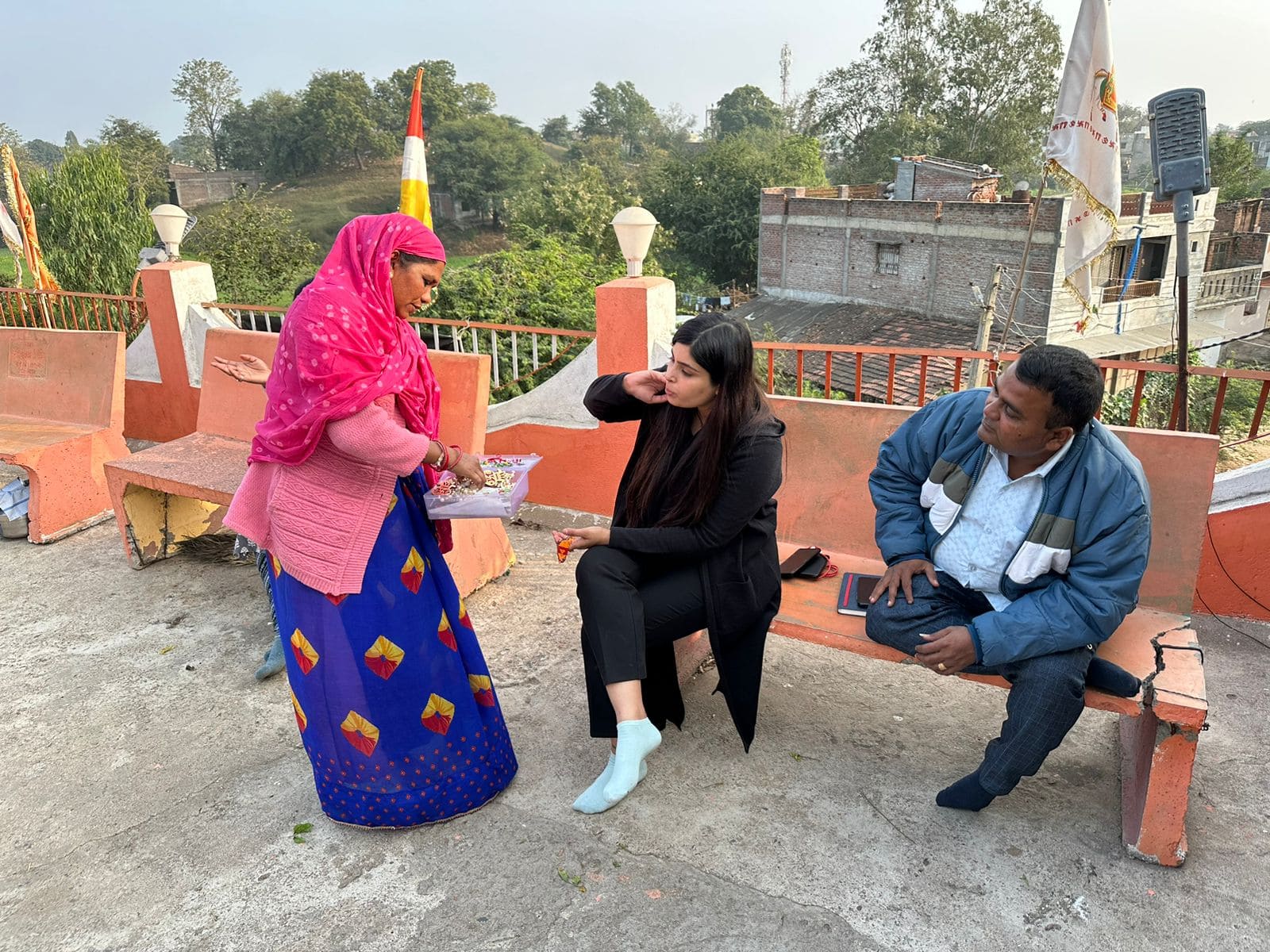| 1. |
Identifying 150 rural women artisans |
| 2. |
Conduction of baseline survey & need assessment of the beneficiaries with the preparation of
implementation plan (will be done by nasscom foundation with support of the
organization)
|
| 3. |
Mobilization and selection of 150+ rural women Artisans |
| 4. |
ToT of IP trainers on prescribed content |
| 5. |
Training of 150+ rural women Artisans |
| 6. |
Handholding of the trained beneficiaries - Identify
opportunities - create a roadmap, enablement and market linkage
|
| 7. |
Mentoring the beneficiaries on markets, scheme awareness, and the use of digital transformation in
business and operation towards economic growth and
empowerment, access to finance
|
| 8. |
End line assessment to measure and assess the progress of
the project against the desired outcomes.
|
| 9. |
Human impact stories (case studies) of successful enterprises by women |
| 10. |
Weekly & Monthly Reporting on suggested formats along
with Narrative and comprehensive reports
|

















